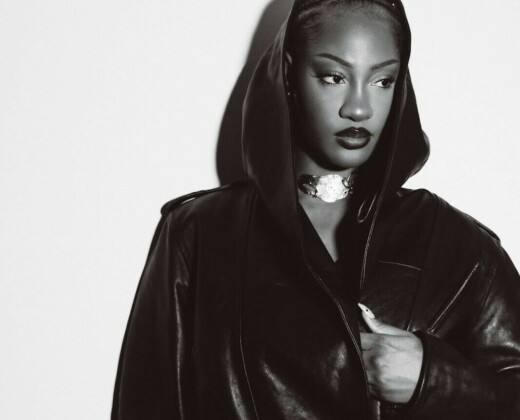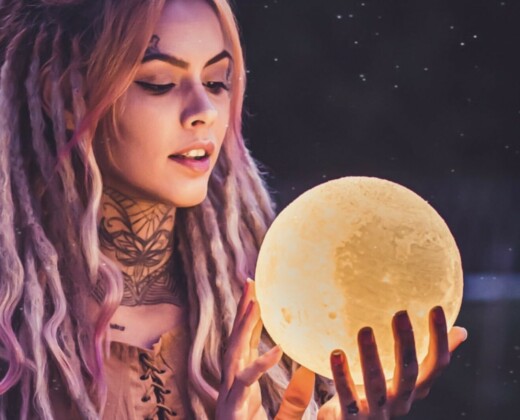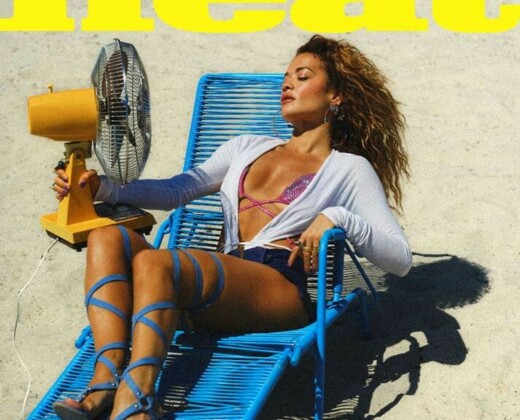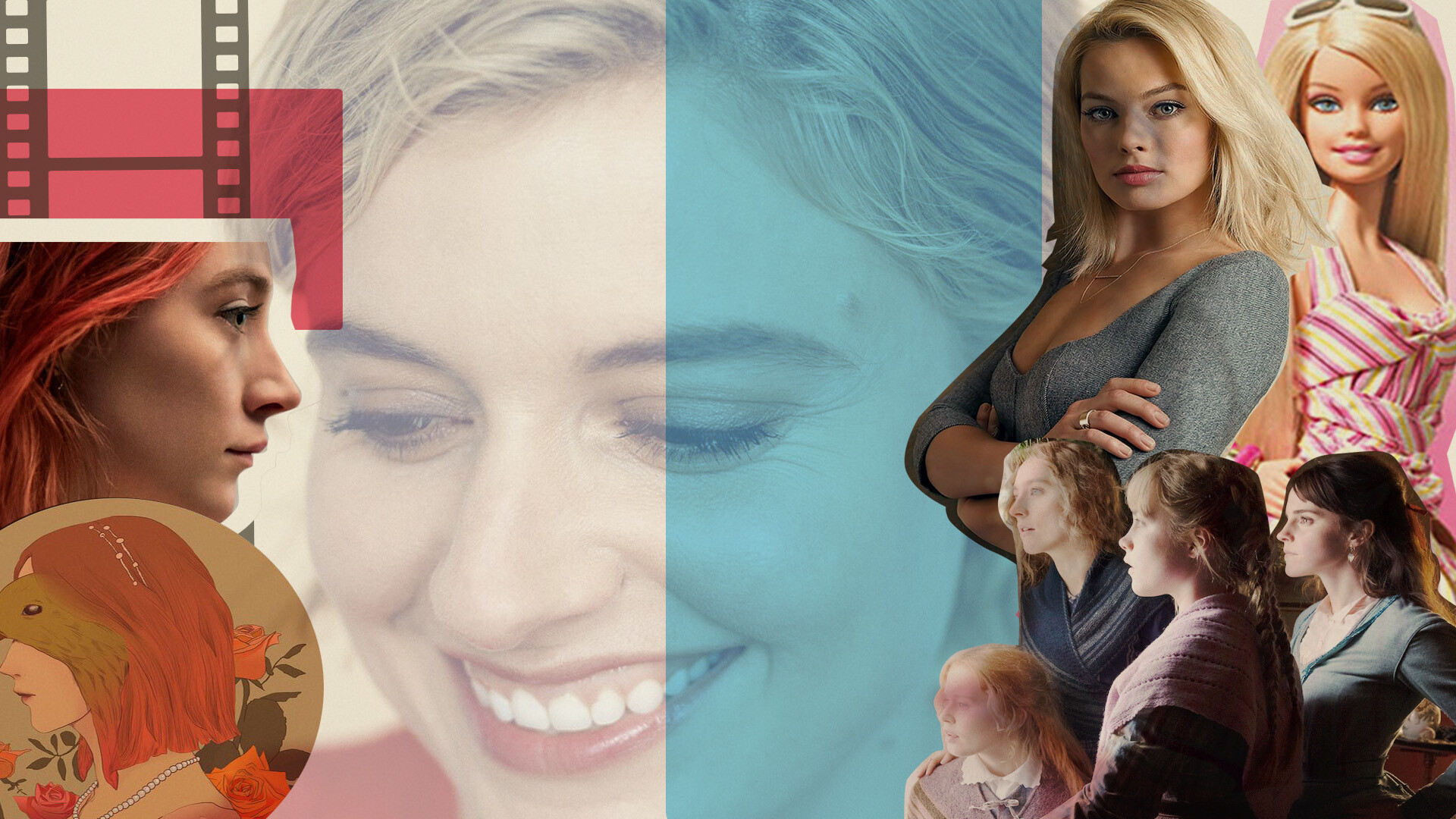
It is not often we witness the works of female directors grace the cinema screens of Hollywood, so it is a marvel that actress, screenwriter and director Greta Gerwig has announced the release of not one, but two upcoming films, Little Women and Barbie fresh off her success from the critically acclaimed, coming-of-age indie Lady Bird (2017). Her imminent prolific career and fervent fanbase are attributed however, to more humble beginnings as an actress on the outskirts of fame, starring in a number of low-budget mumblecore films.
Mumblecore is the name given to the subgenre of indie films characterised by naturalistic acting and dialogue and a preoccupation with the intimate relationships of people in their 20s. Emerging from the early 2000s, it has resonated with young audiences across the world with its treatment of disillusionment, social awkwardness and miscommunication between strangers— themes all too familiar to the information-saturated minds of Generation Y. As a key figure of this stylistic movement, Gerwig has appeared in a number of films from Joe Swanberg, some of which she co-wrote and co-directed, including Hannah Takes the Stairs (2007) and Nights and Weekends (2008). But it was not until the release of Noah Baumbach’s Frances Ha (2012), that she started to gain mainstream recognition for her charmingly clumsy and relatable portrayal of protagonist Frances Haliday.
With witty and highly quotable lines such as ‘I’m so embarrassed, I’m not a real person yet’, and ‘I like things that look like mistakes’, Gerwig charms as the 27- year old aspiring ballet dancer, traversing through friendships, romances and career struggles. As she states in an interview, ‘Some of the independent movies that make money have a very specific thing that you can tell audiences they’ll feel about it…Frances Ha will touch your deep feelings of failure and unworthiness.’ Taking the feel-good promise of commercial indies at the time and turning it on its head, Gerwig seeks instead to touch people’s hearts through the acceptance of uncertainty in the world, and as a result, carves out an intensely realistic reflection of youthful aimlessness.
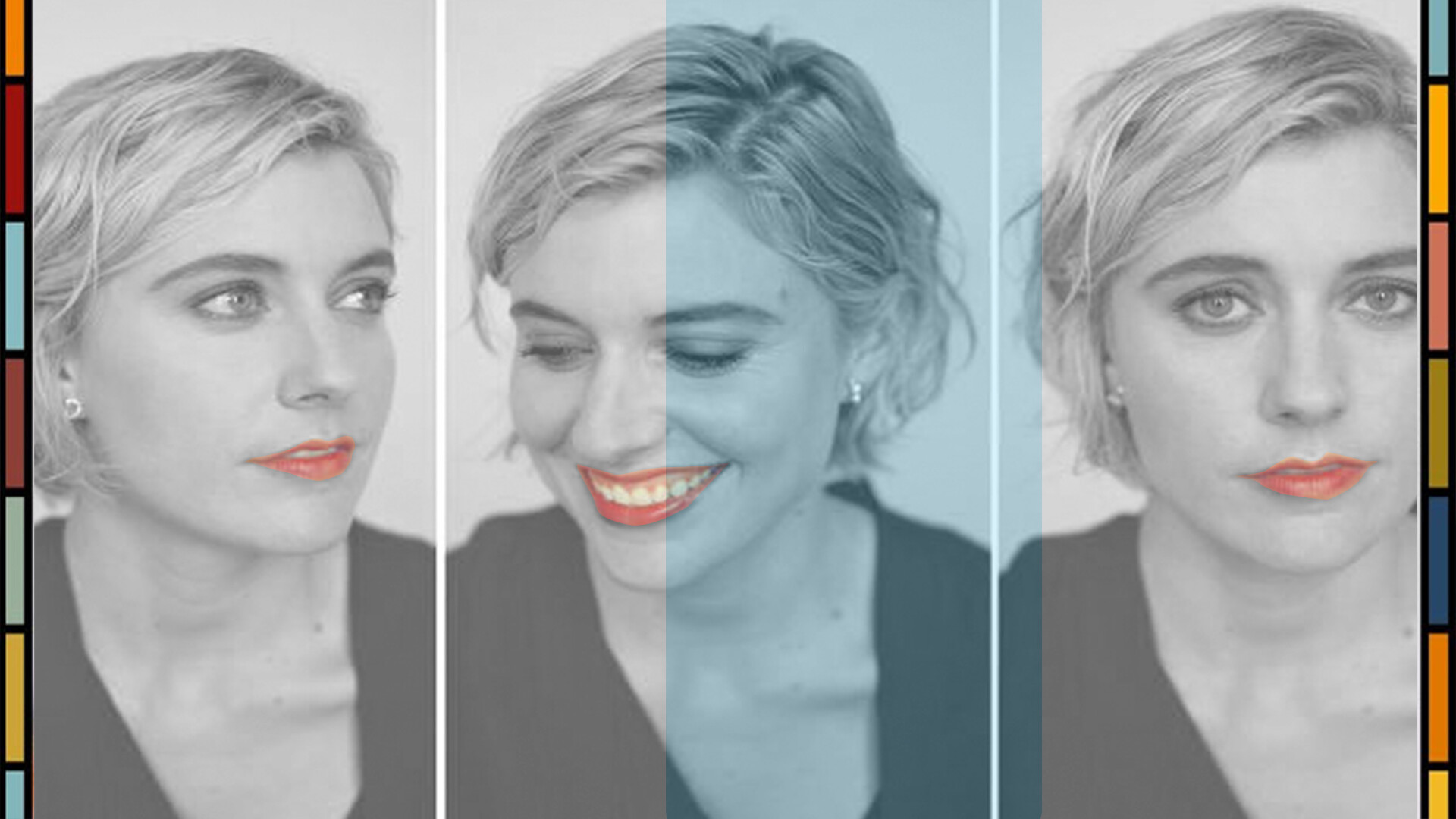
Her iconic screenwriting collaboration with Baumbach on the film (who later becomes her lifelong partner) has also allowed her to move away from the spotlight in front of the camera to the manipulation of it from behind. With the advantage of experience from both sides of acting and writing, Gerwig became ready to take the world by storm with her directorial debut, Lady Bird, a coming-of-age film set in Sacramento, California about a high schooler named Christine McPherson (played by Saoirse Ronan) who makes everyone call her by the nickname of Lady Bird. The film immediately shot to fame and critical acclaim, winning Gerwig a Golden Globe for Best Motion Picture in a Musical or Comedy and a 100% rating on Rotten Tomatoes. The mesmerising element of the film, however, seems not to be rooted solely in the poignant depiction of human interactions, but also in the treatment of the female subject, with Christine shining as the fiercely original teenage character bursting simultaneously with confidence and anxiety.
Gerwig’s account of Christine’s life is revealed to be semi-autobiographical, as she states in a behind-the-scenes video ‘I tend to start with things from my own life, then pretty quickly they spin out into their own orbit.’ By taking bits of inspiration from her own past growing up in Sacramento, such as the famous scene of Christine jumping out of a moving car, Gerwig infuses the film with a personal interconnectedness and improvisational quality, accentuating the importance of female subjectivity to the storyline. As we watch the conventional coming-of-age tropes play out (a character falling in and out of love, losing her virginity, discovering intellectual passions), we become aware of the film’s realist tone, constantly rejecting the urge to romanticise the often romanticised narrative of the teenage girl. Settings are stripped of any hint of gaudiness or theatricality, with a heightened emphasis on the mundane and the monotonous rounds of school and home. Characters are vulnerable to emotional impulses and desires, reinforcing the yin-and-yang idea of both good and evil existing at the same place and time, with Gerwig herself quoted as saying in an interview with Dazed Magazine, ‘I never think about female characters as being likeable or unlikeable. With all my characters—not just with female characters—but with every single character in this film. There are no villains.’
Even the outfits worn by the girls in the film have been thoroughly researched to make sure they remain faithful to the early 2000s era in which the story is set, as Gerwig reveals that ‘The costume designer April Napier and I spent a lot of time looking at old Seventeen magazines. And, there was a catalogue called Delia’s which was something everyone in the United States bought. You always wanted to look like one of the girls from Delia’s!’ Clothing is selected therefore on grounds of narrative accuracy rather than a desired beautification of the female image.
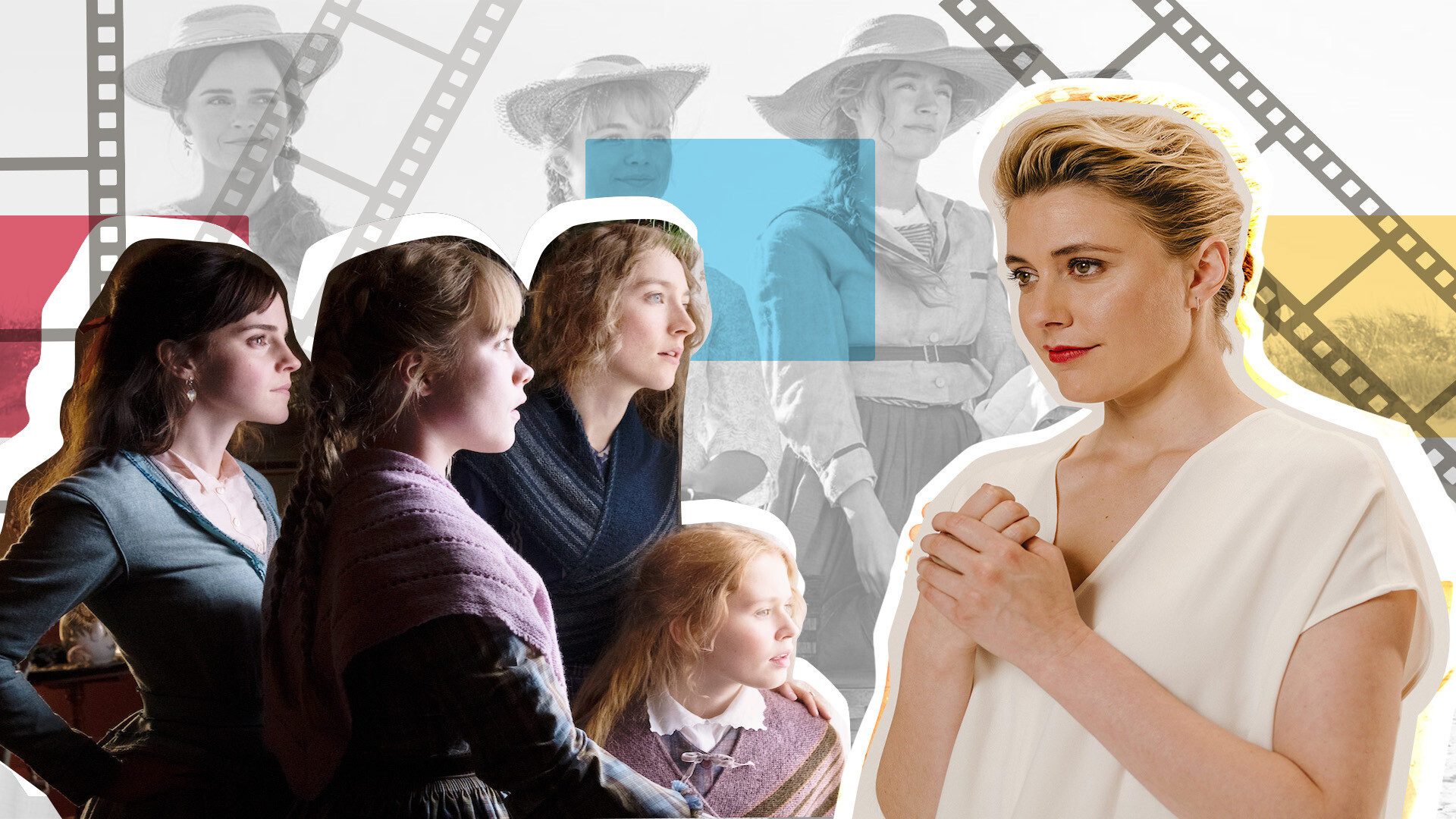
With planted seeds from the likes of Sofia Coppola and her scrutinisation into the art of female dynamics in The Virgin Suicides (1999) and Marie Antoinette (2006), Gerwig herself has transformed into a fundamental figure for the preservation of femininity in film and for the garnering of interest in the growth and maturation of the leading woman. In her upcoming film Little Women (set to release on 27 December 2019) where four sisters come of age in the aftermath of the Civil War, she once again provides a voice for the modern independent female, telling Margaret Gardiner in an interview that ‘I’ve always felt that whether you’re writing a novel or making a film, what you choose to put 30 feet tall on a screen tells the audience it’s important and for me, making lives of girls and women important and 30 feet tall and shot on celluloid—it’s worth it and you’re saying their lives have mattered.’
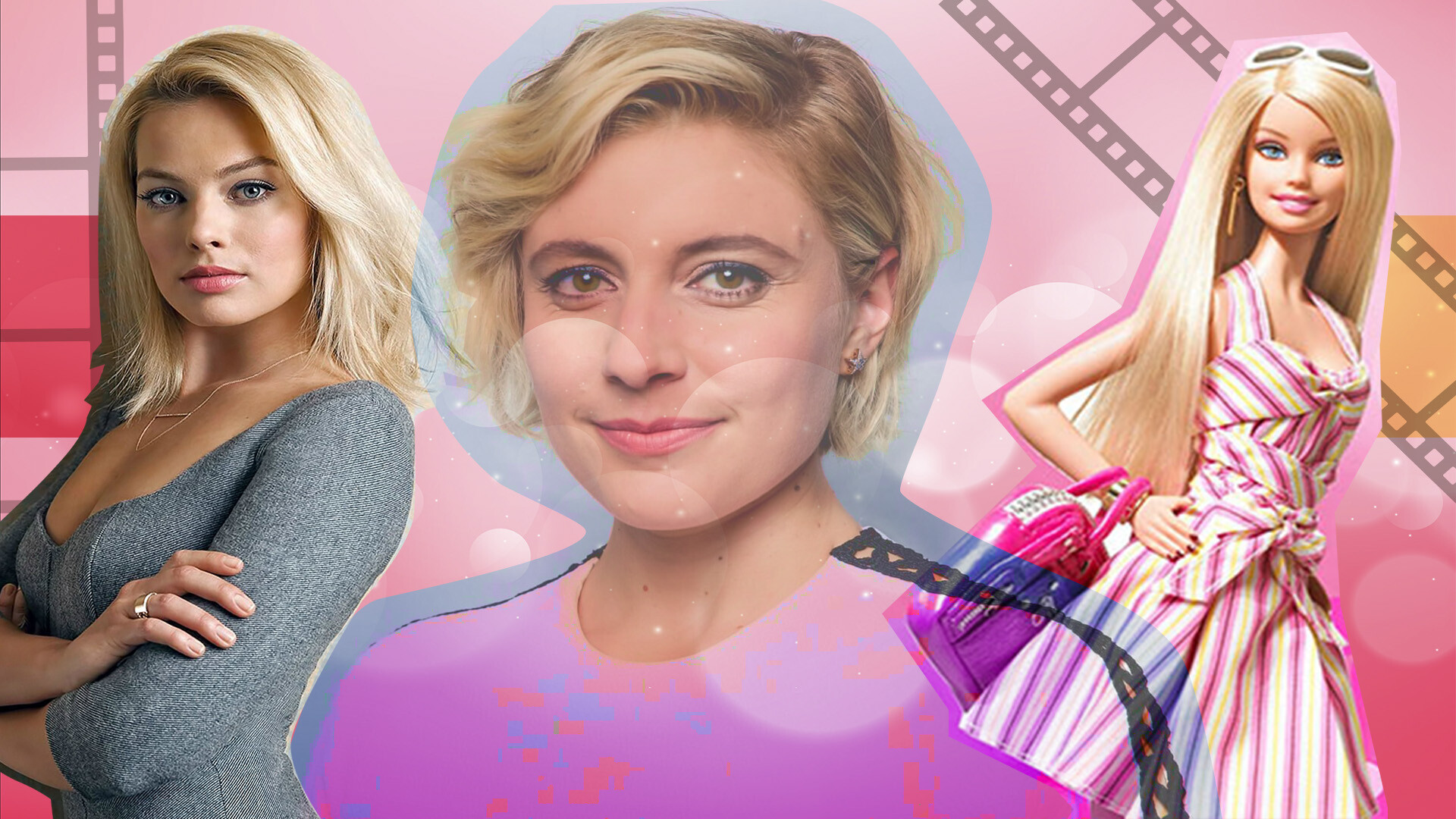
It has also been confirmed that Gerwig is to pair up with Baumbach on the script for her upcoming film Barbie, starring Margot Robbie as a doll who is expelled from Barbieland for not being perfect enough and sets off on an adventure into the real world. Filming is set to begin in 2020.
Words by Shir Ariya
Graphics by Araceli Alonso
, , , , , , , , , , , , ,


